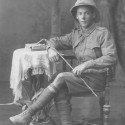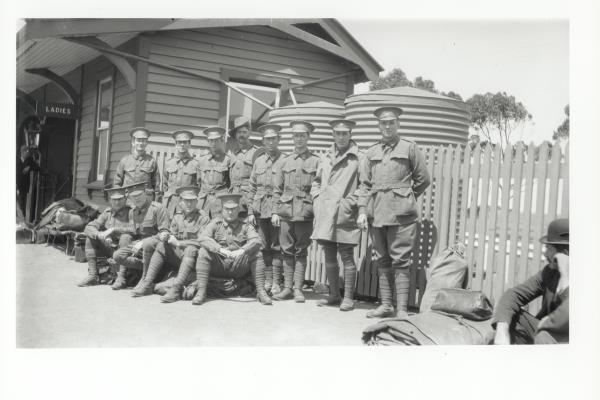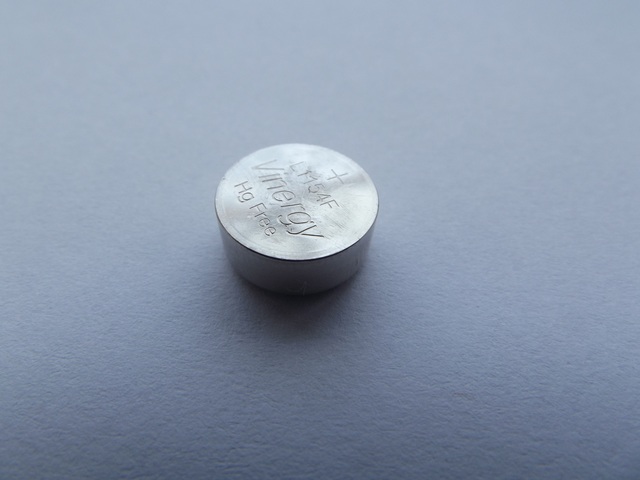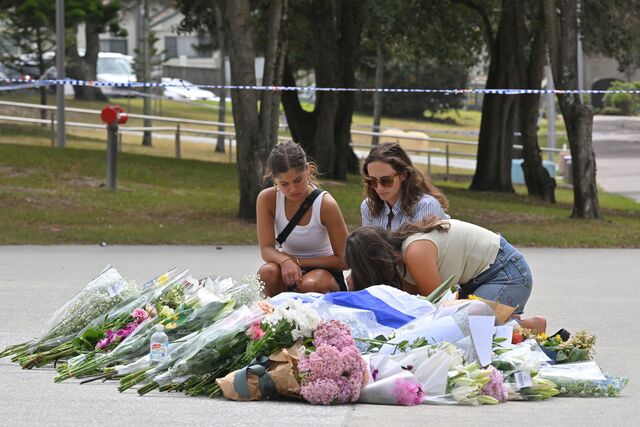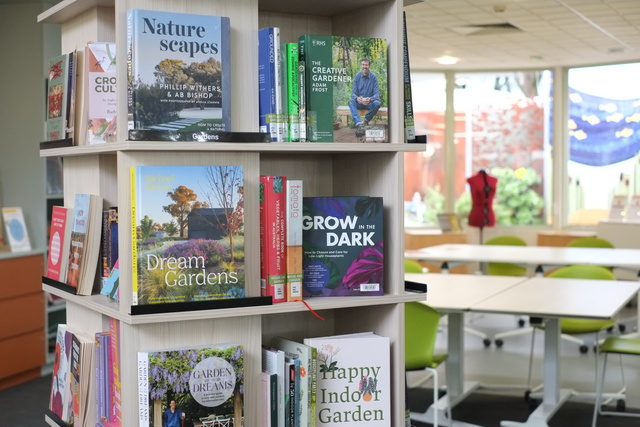By KATH GANNAWAY
“JUST a line or two to let you know how things are going with me.”
Private George Muir’s letter to his mother, Maria, written from Hogsback in the Sinai Desert is dated 2 March, 1916 – two and a half months after the Gallipoli evacuation.
Written in pencil, the ‘line or two’ actually stretched to 12 pages.
There was a lot to tell.
He reflects with a mix of disarmingly matter-of-fact detail and moving personal insights on his three and a half months of hell.
For a number of years, George’s letters have been read at the Anzac Day service at Yarra Glen.
He was 21 and living with his family in Christmas Hills when he enlisted to serve in D Company, 22nd Battalion, AIF.
The Gallipoli letter is one of a parcel of letters found in the old family home and handed on to his daughter Kathleen Hercus.
For Mrs Hercus and her three sisters the letters have provided a window into a time in their father’s life which, in some ways, shaped all their lives.
Wounded three times, and gassed, he ended up with tuberculosis and died at just 56.
He arrived home, with his English wife, Irene, on the Windhuk on 19 June, 1919.
With the Depression and a legacy of ill-health which left him an invalid by the end of WWII, life for the Muir family was tough.
“I can’t actually ever remember him being a well man,” Mrs Hercus said.
Like many who experienced the horror of The Great War, he never spoke of it.
She remembers as a little girl asking him if he ever shot and killed anyone.
He didn’t answer then, but there are answers now – in the letters.
“I had only been there about one hour when I got my first shot and so settled my first Turk,” he wrote.
The letters give a personal account of his experiences at Gallipoli, the Somme and Ypres.
He starts from the day they left camp at Heliopolis in Egypt on Sunday, 29 August, to board a troopship at Alexandria.
“I cannot explain what I felt like that night, nor will I ever forget it,” he wrote of his first night on Gallipoli – rifle fire and bombardment from the battleships continuing right through the night.
He first came under fire on Sunday afternoon, 5 September before going into the trenches where he was put on to sniping on the frontline.
He wrote it was impossible to describe what a battlefield was like.
“I have seen some never to be forgotten sights and I don’t like writing of them.
“It was a daily occurrence to see men blown to pieces, but the most marvellous thing of all I think was how one sometimes got missed,” he wrote.
He told of his “closest shave” when a bullet passed his right ear, parting his hair and just breaking the skin on top of his ear.
Lone Pine he said was a terrible sight.
“There were hundreds of dead lying unburied between ours and the Turks’ trenches.
“Many of them were still unburied when we left. I fancy I have still got the smell of dead men in my nose.”
At times it was the silence which was more remarkable.
“I suppose you think as I did before I went to the trenches that it is one continuous roar of fire but this is not so, for there are lulls when there is hardly a shot fired for days and other times the firing is continuous on both sides.
Sometimes it is hard to imagine there is a war going on at all.”
He writes of the hardship in the trenches, surviving on half rations, the snow, long hours without sleep, the steep terrain, impossible at places to get a foothold, of going a month without a wash.
“It’s a hard life taking it at its best,” he wrote with understatement that was characteristic of many of the letters soldiers sent home, and acknowledgement that, so far, he was lucky to be alive.
“I am learning to know my father more as I read the letters and realise what he went through,” Mrs Hercus said of the insights the letters had given.
In 2011, with assistance from Yarra Glen Historical Society’s Helen Mann, she published ‘Too close to be pleasant: the First World War letters of George Benjamin Muir”.
He will be remembered, on Saturday at the Centenary of Anzac Service at Yarra Glen.
Go online to mountainviews.starcommunity.com.au for a link to a selection of George Muir’s letters to his mother, Maria, sisters Mary and Jean, and brothers Harry and Eddie.
Mentioned in his letters are other local soldiers, including Arthur Sydney Ashmore (died 1978) and James Edward Betts (died 1987) from Christmas Hills and William Charles Holding and George Stephen Mills, both killed in action in 1917 – friends who grew up together in Yarra Glen.

